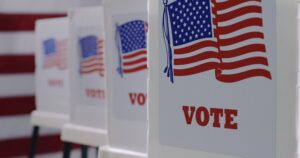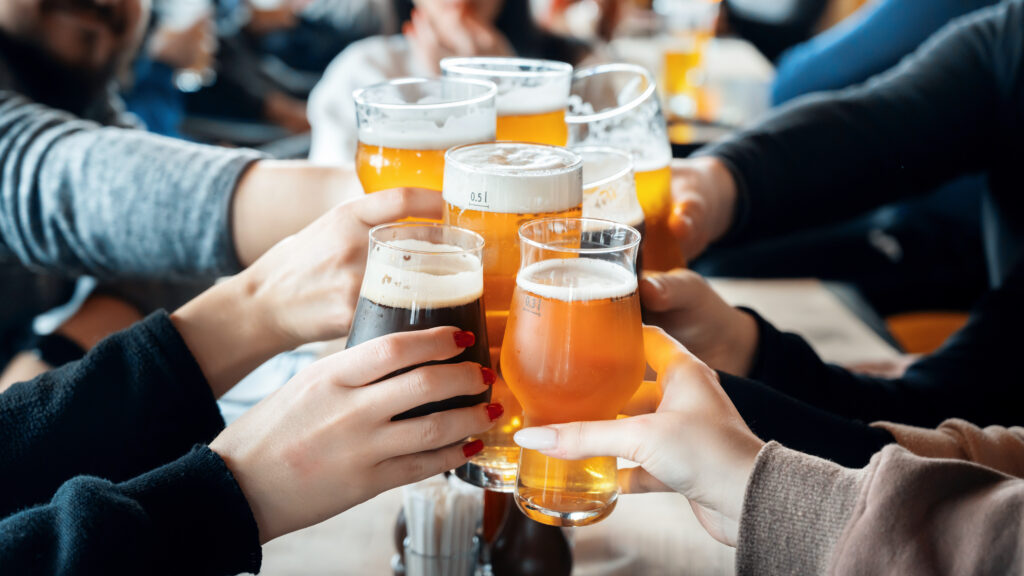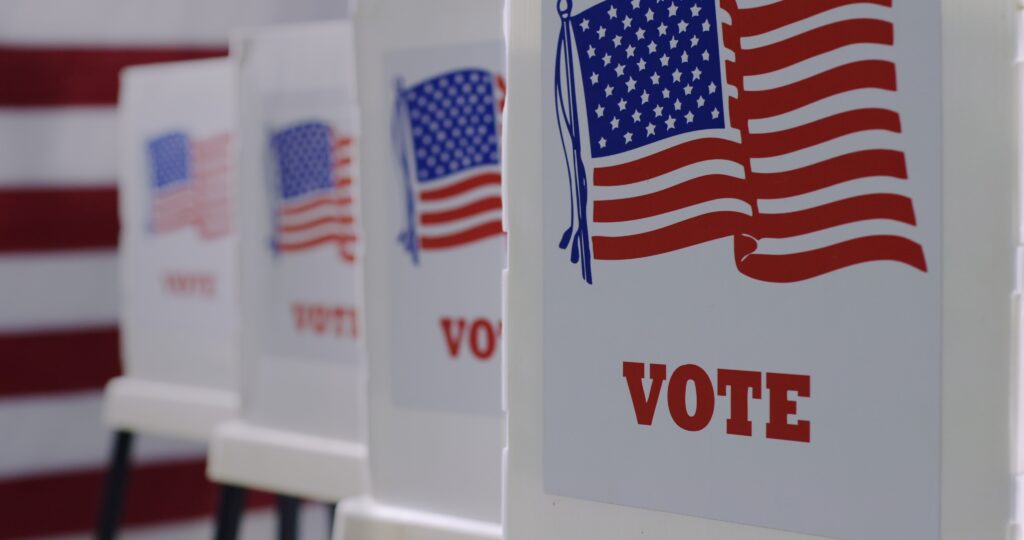Beer Institute: TTB Rules “Not All Alcohol the Same”
WASHINGTON, DC – The Beer Institute hailed elements of today’s ruling by the Tax and Trade Bureau as a critical step toward properly informing consumers to the distinctions between beer, wine and distilled spirits.
The TTB’s ruling, on “Voluntary Nutrient Content Statements in the Labeling and Advertising of Wines, Distilled Spirits and Malt Beverages,” had two significant parts:
· Not all alcohol is the same, as there are significant variations in the concentration of alcohol content in different products. For instance, a hard liquor cocktail can have two or three times the alcohol concentration of a beer.
· A label disclosure for alcohol content that fails to take those differences into account may seriously mislead consumers.
“It is absolutely critical to proper consumer awareness that drinkers know that there is a difference between a beer, a glass of wine and a cocktail. The Beer Institute has maintained for years that consumers would be misled about how much alcohol they are drinking if they are told that ‘a drink is a drink,’ and now the TTB is making that same point,” said Joe McClain, president of the Beer Institute.
“Beer is the one alcohol beverage that is served in consistent and customary package sizes, with low alcohol volumes, that let’s people moderate their consumption with accuracy. You know exactly what you get when you get a beer,” McClain said.
By its Ruling 2013-2, TTB will allow brewers and importers (as well as producers of other alcohol beverages) to voluntarily include a Serving Facts statement on their products. That could include an optional statement of alcohol content as a percentage of Alcohol By Volume (ABV), or an optional statement of ABV together with a disclosure of fluid ounces of alcohol (ethanol) per serving. This would be in addition to existing requirements that are already in place for labeling of flavored malt beverages, distilled spirits and wines.
In issuing this ruling providing for voluntary nutrient content statement in the labeling and advertising of wines, distilled spirits and malt beverages, the TTB recognizes that previously-held serving sizes for alcohol beverages did not accurately represent how wine, distilled spirits and beer is typically consumed in real-life settings.
“We applaud the TTB’s conclusion that rules be based on how drinks are actually served and consumed. People have a right to know their drink,” McClain said.
Under this ruling, brewers and importers could include the voluntary Serving Facts statement without submitting a new COLA application, McClain said. The new ruling provides substantial flexibility in terms of the format and placement of the disclosure on the beer packaging, which is something that the Beer Institute has long advocated, McClain said.













